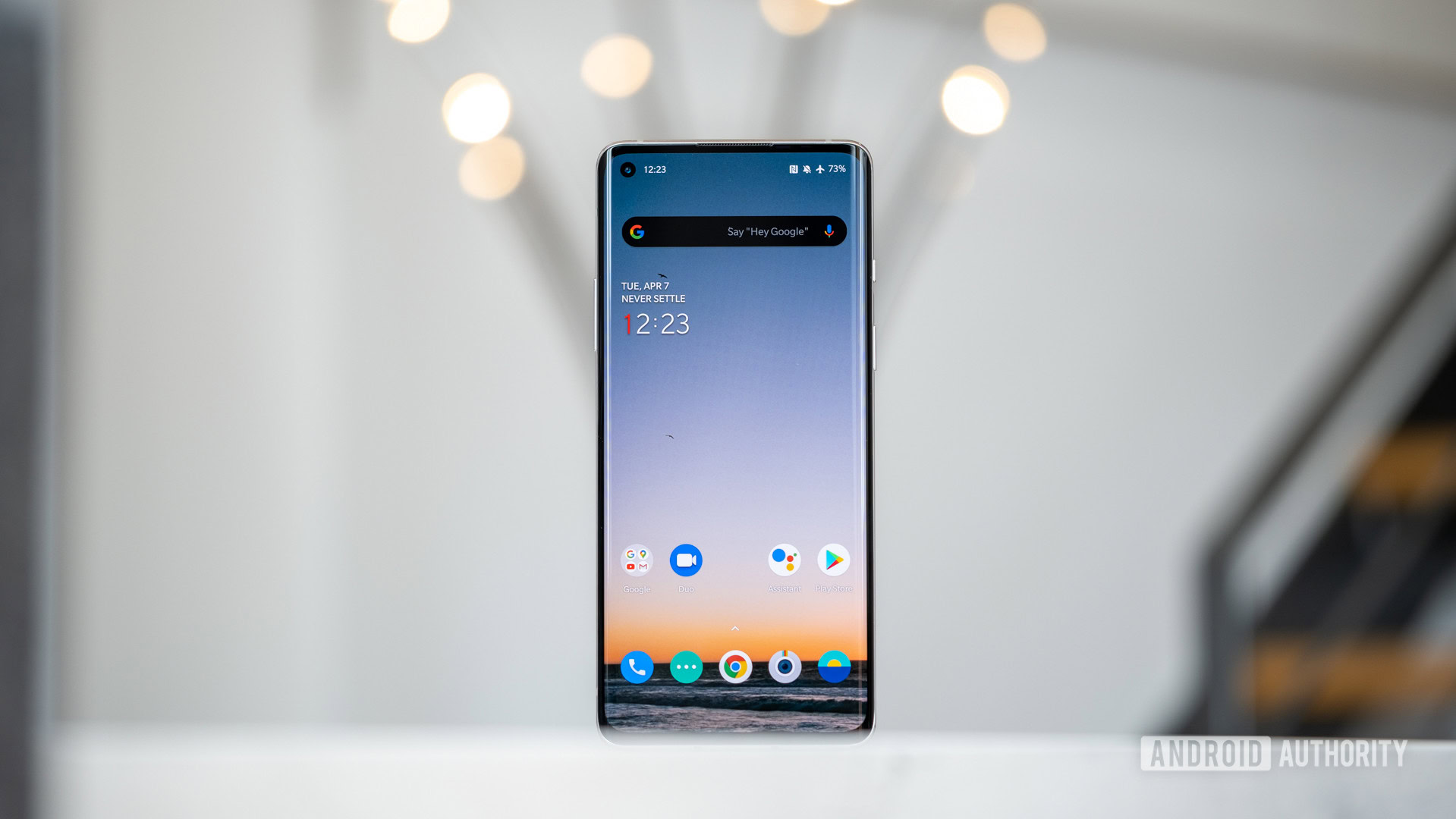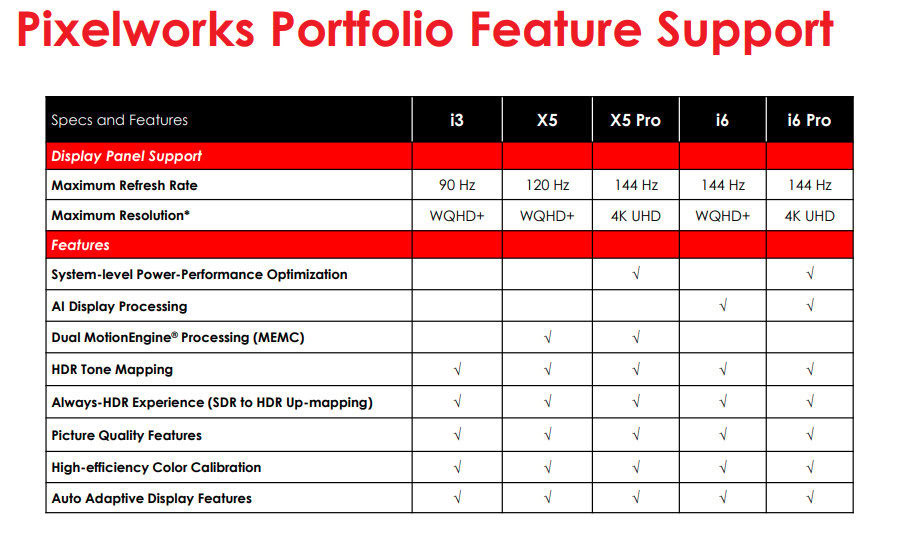Affiliate links on Android Authority may earn us a commission. Learn more.
AI-enhanced displays are coming to more affordable smartphones
Published onSeptember 1, 2020

- The new Pixelworks i6 display processor boasts AI scene detection to enhance picture quality.
- It brings HDR upscaling, auto-tone mapping, and more to more affordable phones.
- It’s heading to smartphones in early 2021.
A great smartphone experience starts with a great display. The past couple of years have seen some major strides in bringing high-end panel technology to more affordable price points. 2021 could be even better, as Pixelworks has just unveiled its new i6 display processor. The headline feature is the company’s first AI-powered scene detection technology to adaptively adjust and improve picture quality.
Coinciding the with new release, Pixelworks has rebranded its existing products. The high-end Iris 5 chip becomes the X5, which already enhances displays found in the excellent OnePlus 8 Pro and OPPO Find X2 Pro. The lower-end Iris 3 is now the i3, which powers displays found in the ASUS ROG Phone 3, Nokia 8.3, and TCL 10 Pro. The new i6 slots in between the i3 and X5, offering many of Pixelworks’ best features at a cost-optimized price tag that’s closer to the i3. Pro designations indicate deployments that offload some of the workload to an application processor, such as a Qualcomm Snapdragon chip, for improved power efficiency.
Read more: Here’s why the OnePlus 8 Pro has such a great display
The i6 enables enhanced display color calibration, dark noise suppression for low light video, adaptive auto-brightness, and HDR and skin tone mapping. This means that a phone’s display can make the most of the content on show regardless of the lighting conditions you’re watching in. The chip also supports 144Hz refresh rates up to WQHD+ resolutions too, so it will work just fine with the latest AMOLED displays on the market.

The AI smarts make an appearance when it comes to content and scene detection improvements. This is done through the use of “fuzzy logic” inference, which uses machine learning to categorize the scene rather than traditional power-intensive pixel-by-pixel inference. The net result is more accurate and more consistent results than before at a fraction of the power consumption. The i6 supports AI-assisted local contrast and sharpness tweaks, real-time SDR to HDR up-mapping, and six-mode auto-brightness and tone correction. This AI-based approach will be a key part of Pixelworks’ roadmap going forward.
That sounds pretty good, but what does it all mean for our next smartphones? As well as better looking displays in affordable hardware packages, we can likely expect a bit more product differentiation too. Displays tuned for gaming, movies, and more are already here, but expect more of them across different price points too. Stay tuned for the first i6-powered handset announcement towards the end of the year.